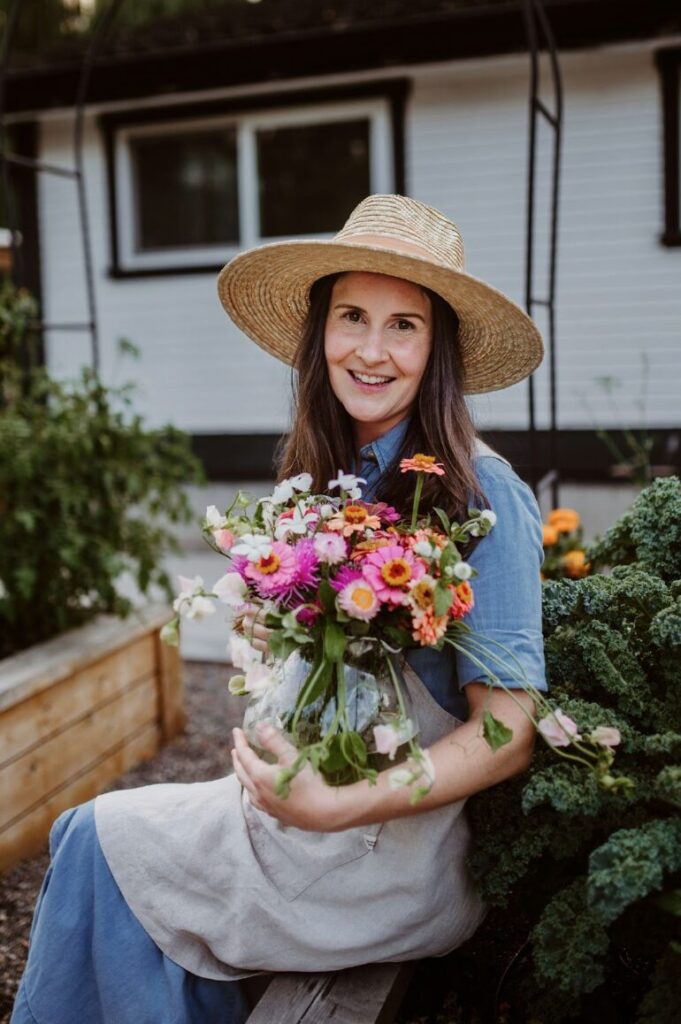Raised garden beds are one of the easiest ways to level up your gardening game—literally. They improve drainage, reduce weed pressure, and make tending to plants easier on your back and knees. Whether you are growing veggies, flowers, or herbs, raised beds help you make the most of your space.
But here’s the thing: not all raised beds are created equal. The type you choose—and what you build it with—can make a big difference. Let’s break down the main types of raised beds and the best materials for each one.
What Is a Raised Garden Bed?
A raised garden bed is simply a plot of soil that’s higher than the ground around it. You can build it with a frame or just mound up the soil—either way, it’s all about creating a dedicated, elevated space for planting.
Now, materials matter. They affect how your bed holds up over time, how it looks, what it costs, and even how healthy your soil stays. Choosing the right one can save you a lot of frustration (and re-dos) later on.
1. Framed Raised Beds
These are the classic raised beds you’ve probably seen in most home gardens. They’re boxed in with clear borders, usually in a rectangle or square.
Common materials:
- ⬥ Wood — Cedar and redwood are naturally rot-resistant. Pressure-treated wood is more affordable, but make sure it’s rated safe for food gardens.
- ⬥ Metal—galvanized steel gives a sleek, modern look and can last for years.
- ⬥ Composite — This product is made from recycled materials, making it low-maintenance and resistant to rotting.
Why people love them: You can build them to any size, they look tidy, and they help define garden space.
Best for: Neat backyard gardens or places where aesthetics matter.
2. Mounded Raised Beds (Unframed)
This is the no-fuss version. Just pile up the soil into a mound, and you’re done—no borders, no building.
Materials: Just soil and maybe a bit of mulch on top to hold it in place.
Pros:
- ⬥ Totally free
- ⬥ Super flexible—you can shape or expand them anytime
Cons:
- Soil can erode without borders
- Doesn’t look as polished
Best for: Gardeners on a budget or working with big open spaces.
3. Tiered Raised Beds
These are great if you want to pack a lot into a small footprint. Think of them as steps made of soil—each level can hold a different type of plant.
Common materials:
- ⬥ Wood — Ideal for DIY builders
- ⬥ Stone or brick — Offers a long-lasting, elegant look
Why they work: You get more growing space without needing a huge footprint, and they look fantastic.
Best for: Decorative flower beds, herbs, or yards with a slope.
4. Keyhole Gardens
This one’s clever. A circular bed with a notch cut out (like a keyhole) and a compost basket in the middle. You add scraps to the basket, and nutrients feed out into the soil.
Materials:
- ⬥ Stone, brick, or concrete blocks for the walls
- ⬥ Wire mesh or fencing for the compost basket
Why people love them: They conserve water and recycle kitchen waste right in the garden.
Best for: Dry climates or gardeners who want a sustainable, low-maintenance setup.
5. Elevated Raised Beds (Standing Beds)
No more bending or kneeling. These beds sit on legs, bringing your plants up to a more comfortable height.
Materials:
- ⬥ Wood frames with strong legs
- ⬥ Metal or plastic containers for pre-made versions
Pros:
- ⬥ Easy on your body
- ⬥ Perfect for patios, decks, or renters who can’t dig
Best for: Seniors, folks with limited mobility, or anyone with limited space.
6. Container Raised Beds
Technically, any container deep enough for roots counts. These are great if you want to garden without committing to building anything permanent.
Materials:
- ⬥ Plastic tubs
- ⬥ Wooden crates
- ⬥ Metal troughs
- ⬥ Fabric grow bags
Why they’re handy: You can move them around, swap them out, or bring them indoors if needed.
Best for: Urban gardeners, renters, or people with only a balcony to work with.
How to Choose the Right Type (and Material)
So, what should you go with? It depends on a few things:
- ⬥ Space: Have room to spread out, or just a tiny corner?
- ⬥ Budget: Free soil mounds cost nothing. Composite or stone? Not so much.
- ⬥ Looks: Want something rustic, modern, or totally hidden?
- ⬥ Durability: Metal holds up in the rain. Wood might not, unless it’s rot-resistant.
- ⬥ Climate: Hot, dry areas might overheat metal beds. Wet zones can rot wood fast.
And if you’re going the wood route, avoid pressure-treated lumber unless it’s rated as safe for gardens—some older types can leach chemicals into your soil.
Finally, there’s no one-size-fits-all raised bed. The best type is the one that suits your space, goals, and lifestyle. You don’t have to go all out in your first year. Start with a single raised bed, see what you like or dislike about it, and go from there.
Which raised bed style will you try this season?
How to Build the Perfect Outdoor Storage for Garden Tools and Equipment
Maintaining a Home Greenhouse: Tips for Year-Round Gardening


